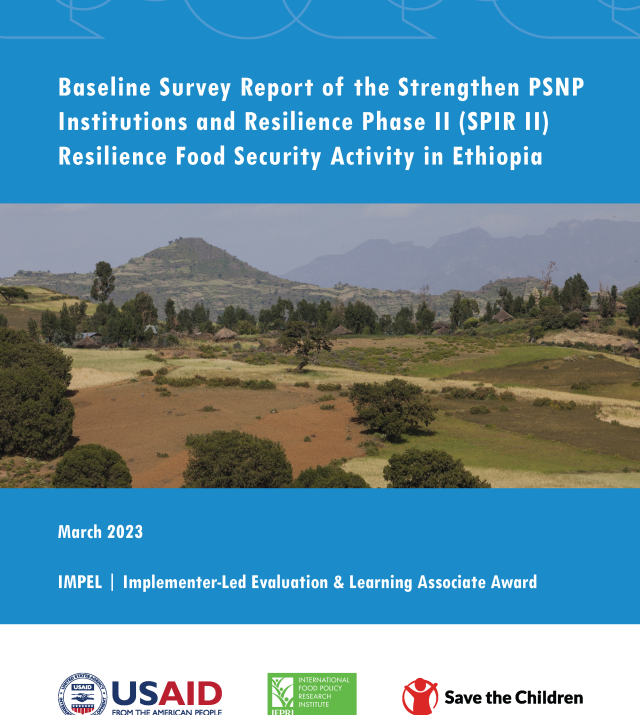
Milk Matters: The Impact of Dry Season Livestock Support on Milk Supply and Child Nutrition, Somali Region, Ethiopia
Presenters: Kate Sadler, Senior Researcher: Public Nutrition in Emergencies, Feinstein International Center, Tufts University; Andy Catley, Research Director for Policy Process, Feinstein International Center, Tufts University
Children who live in pastoralist areas, where the dry season is also known as the “lean” or “hungry” season, are increasingly referred to as some of the most nutritionally vulnerable in the world. Animal milk, one of the most nutritionally complete foods available, plays an extremely important role in the diets of these children. While there is considerable research and early warning literature that highlights the importance of livestock and livestock products for the income and the dietary intake of pastoralists in Somali Region, there is little work that describes use of these products within and amongst households, or that attempts to evaluate the significance of access to milk for the nutritional status of children.
This session presented the results of a recent study designed to assess the impact of community-defined livestock interventions during the dry/lean season on the nutritional status of young children over a period of one year in the Somali Region of Ethiopia. It also focused on the cost- benefit of early milk production intervention versus approaches for treatment of acute malnutrition in children. The main findings concluded that overall milk production increased a great deal and resulted in increased milk consumption by children in intervention areas as compared to control areas. Results showed an overall pattern of stabilized or improved nutritional status. The study looked at different cost-benefit scenarios and found the intervention approach in all scenarios was more efficient than the cost of therapeutic feeding programs
Participants discussed these results for improved nutrition in pastoral areas and how such approaches might be effectively integrated into pastoralist policy and programming, taking into account current livelihood trends in these areas.
The session concluded with a lively discussion about possible ways to scale-up this intervention, strategies for sustainability and how this type of intervention can be integrated into a local economy. There was a specific recommendation for a greater project focus on fodder production and a broader recommendation for additional operations research in this area.
The Way Forward: Participants made recommendations in the following areas:
Research/Evidence Base/Program Pilots
Building markets for fodder could help to enable sustainability of programs by increasing availability of fodder supplies in dry season and easing price fluctuations. This would reduce need for external fodder inputs. Use of voucher schemes is one possibility.
Opportunities for building veterinary health programs into drought cycle management programs should be explored as one means to sustain animal health through links to activities/resources outside the intervention.
Low intensity conflict will change practices/migration/location of children and herds. A better understanding of coping mechanisms in insecure environments is needed to properly adapt this program to other contexts
During the dry season, migrating animals still produce milk which is often wasted because children are located far away. There is a need to explore ways to preserve and distribute this milk (e.g. from camels, cattle camps) back to the households where children are located.
Donor Policy and Practice
Need for more funding for practical action research

